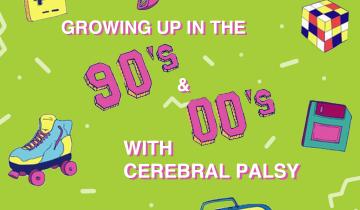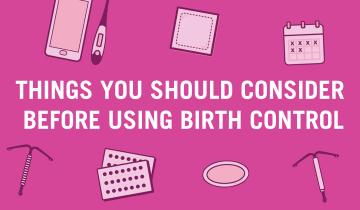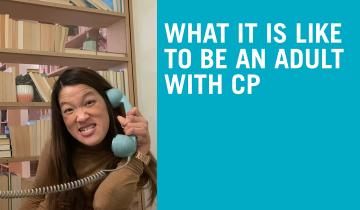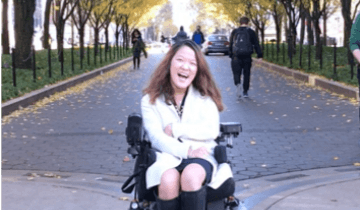As I progress in my career as a journalist and writer, the more attention and followers I receive on social media. Every so often, I receive a direct message or email from young readers, explaining how I’ve become a role model for them. They express the inspiration they gain from witnessing me not allowing my cerebral palsy get in the way of following my dreams. It was then that I realized I am now the role model that I desperately needed when I was a young girl.







